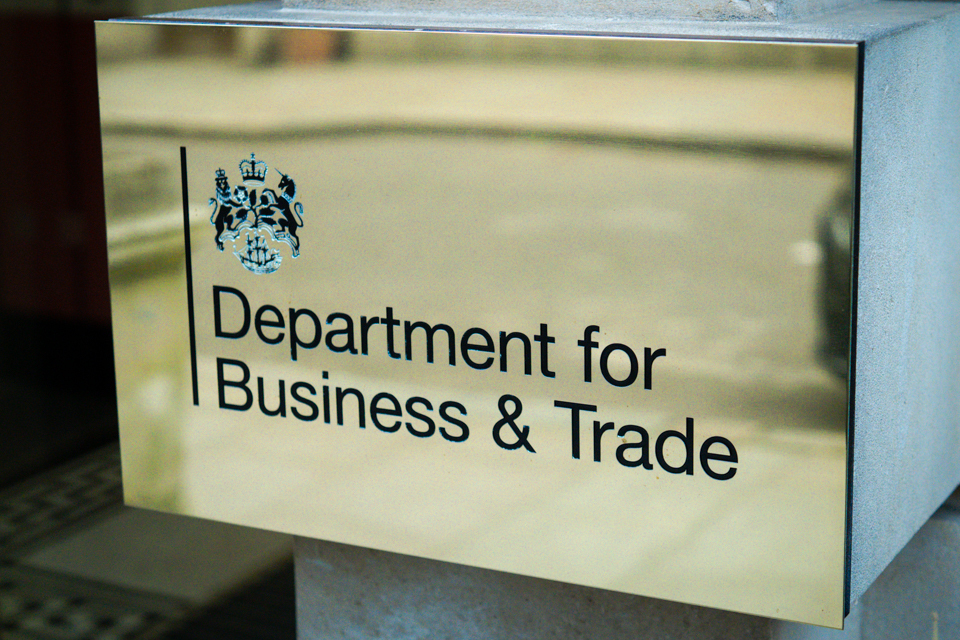Ed Miliband ‘considers scrapping wind power target’

Tom Smout, an analyst at Aurora Energy Research, said: “There is no real chance that this Government would hit the deployment rates in its manifesto.”
Even if the UK did hit its target, Mr Smout said the UK’s power grids would not be able to carry all the electricity generated – meaning many wind farms would get paid for switching off.
He said: “Fifty-five GW is simply much more capacity than is necessary to decarbonise the energy system. If we hit 55 GW we would essentially have been building wind farms just to curtail them.”
Mr Miliband’s Department for Energy Security and Net Zero disputed suggestions that the 55 GW target was being dropped.
A spokesman said: “We are committed to making Britain a clean energy superpower by 2030 by doubling onshore wind, tripling solar power and quadrupling offshore wind.
“The Energy Secretary is working with industry to accelerate ways the contracts for difference scheme can be expanded even further, so that more renewable energy, including offshore wind, can be connected to the grid, and quicker.”
The UK has 43 operational offshore wind farms with 2,765 offshore turbines installed around its shores, according to data from Renewable UK, the industry trade body.
They have a collective capacity of about 15 GW and produced about 15pc, or 49 terawatt hours (TWh), of the 317 TWh needed by the UK last year.
The machines installed to date have an average capacity of 5 MW, but this is small by the standards. The latest wind turbines typically have a capacity of 10-15 MW.
The UK holds a renewables auction round each year where offshore wind operators are offered a minimum price for the power they will generate, thereby encouraging the development of new projects.
Last year’s auction was a disaster with no companies bidding because the previous Tory government set the price too low.
A similar auction announced this week saw just under 4 GW of new projects approved – an improvement but not enough, say experts.
Sam Hollister, head of economics, policy and investment at analysts LCP Delta, said the results meant auctions next year and in 2026 would each need to procure 14 GW of offshore wind to meet Mr Miliband’s target – a massive and unlikely increase.
He said: “The Government certainly would have hoped for more new-build offshore wind in this week’s auction, and that has put its ambition for 55 GW of offshore wind in doubt.
“There just might not be time to procure and build the remaining gigawatts required within just six years.”
Tim Dixon, a senior consultant at Cornwall Insight, said: “The reality is that there remains a significant gap between contracted capacity and the amount needed if the government is to meet its ambitious 2030 targets.
“Renewables projects take years to build and become operational and there are just five years left to achieve a decarbonised electricity grid.”
A Renewable UK spokesman said the official targets remained unchanged.
Related
Why investing in women is a vital next step for…
Get Nadine White's Race Report newsletter for a fresh perspective on the week's newsGet our free newsletter from The Independent's Race CorrespondentGet our fre
Business secretary signals major shift on electric car policy to…
In a determined effort to retain Nissan’s manufacturing presence in Britain, Business Secretary Jonathan Reynolds has vowed to implement “substantial c
Joint Statement: Business Secretary and Fujitsu Services Ltd
Business and Trade Secretary Jonathan Reynolds today (Friday 7 March) met chiefs for Fujitsu in Tokyo to begin talks over the cost of redress for victims of th
UK foreign secretary backs multilateral defence funding for Europe
UK foreign secretary David Lammy has said that a new multilateral fund will be needed to secure Europe’s defence as he confirmed that Britain is “open to”













